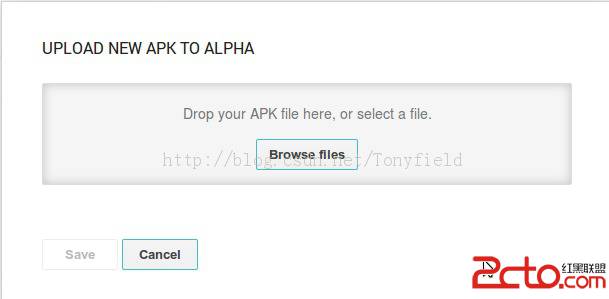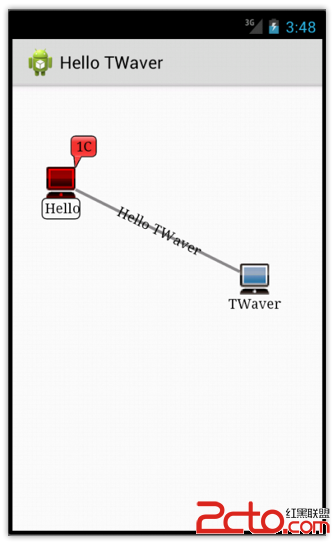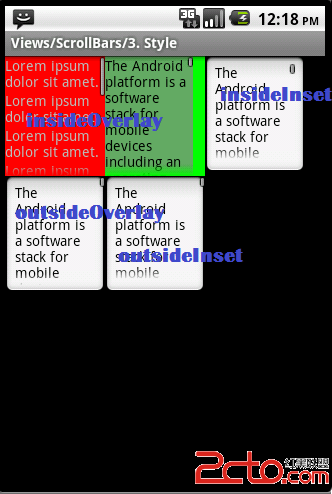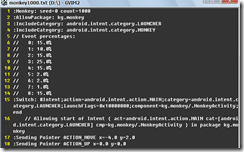Android笔记 七 Android Sensor感应器介绍(三)获取用户移动方向,指南针原理
晚上好~今天继续给大家分享一下第二个重要的感应器,其实获取方向本应该很简单的事情,在文章一中看到 有个TYPE_ORIENTATION 关键字,说明可以直接获取设备的移动方向,但是最新版的SDK加上了这么一句话“TYPE_ORIENTATION This constant is deprecated. use SensorManager.getOrientation() instead. ”也就是说,这种方式已经被取消,要开发者使用SensorManager.getOrientation()来获取原来的数据。
实际上,android获取方向是通过磁场感应器和加速度感应器共同获得的,至于具体的算法SDK已经封装好了。也就是说现在获取用户方向有两种方式,一是官方推荐的,通过SensorManager.getOrientation()来获取,这个方法表面看似容易(那是因为你还没看到他的参数。。一会再说),但实际上需要用到两个感应器共同完成工作,特点是更加的准确。第二种方法非常简单,就像前一篇文章获取加速度一样,直接得到三个轴上的数据。
额,从难一些的介绍吧,因为毕竟第一种方易做图是android未来的一个选择,第二种不知道什么时候就要成为历史了。
android给我们提供的方向数据是一个float型的数组,包含三个方向的值 如图
当你的手机水平放置时,被默认为静置状态,即XY角度均为0
values[0] 表示Z轴的角度:方向角,我们平时判断的东西南北就是看这个数据的,经过我的实验,发现了一个有意思的事情,也就是说使用第一种方式获得方向(磁场+加速度)得到的数据范围是(-180~180),也就是说,0表示正北,90表示正东,180/-180表示正南,-90表示正西。而第二种方式(直接通过方向感应器)数据范围是(0~360)360/0表示正北,90表示正东,180表示正南,270表示正西。
values[1] 表示X轴的角度:俯仰角 即由静止状态开始,前后翻转
values[2] 表示Y轴的角度:翻转角 即由静止状态开始,左右翻转
可见统一获取方向的方法是必须的,因为处理这些数据的算法可能针对第一种获取方式,那么当用在第二种方式时,移植性就不好了。
看下面的方法
--------------------------------------------------------------------------------------------------------------------------------------------------------------------------------------------------------------------------------------
public static float[] getOrientation (float[] R, float[] values)
Since: API Level 3
Computes the device's orientation based on the rotation matrix.
When it returns, the array values is filled with the result:
values[0]: azimuth, rotation around the Z axis.
values[1]: pitch, rotation around the X axis.
values[2]: roll, rotation around the Y axis.
The reference coordinate-system used is different from the world coordinate-system defined for the rotation matrix:
X is defined as the vector product Y.Z (It is tangential to the ground at the device's current location and roughly points West).
Y is tangential to the ground at the device's current location and points towards the magnetic North Pole.
Z points towards the center of the Earth and is perpendicular to the ground.
All three angles above are in radians and positive in the counter-clockwise direction.
通常我们并不需要获取这个函数的返回值,这个方易做图根据参数R[]的数据填充values[]而后者就是我们想要的。
那么R表示什么呢?又将怎么获取呢?
R[] 是一个旋转矩阵,用来保存磁场和加速度的数据,大家可以理解未加工的方向数据吧
R通过下面的静态方法获取,这个方法也是用来填充R[]
public static boolean getRotationMatrix (float[] R, float[] I, float[] gravity, float[] geomagnetic)
解释以下参数,第一个就是我们需要填充的R数组,大小是9
第二个是是一个转换矩阵,将磁场数据转换进实际的重力坐标中 一般默认情况下可以设置为null
第三个是一个大小为3的数组,表示从加速度感应器获取来的数据 在onSensorChanged中
第四个是一个大小为3的数组,表示从磁场感应器获取来的数据 在onSensorChanged中
好了基本逻辑就是这样的,下面给大家演示一个简单的测试方向的例子,可以时刻监听用户的方向
/*
* @author octobershiner
* 2011 07 28
* SE.HIT
* 一个演示通过磁场和加速度两个感应器获取方向数据的例子
* */
package uni.sensor;
import android.app.Activity;
import android.content.Context;
import android.hardware.Sensor;
import android.hardware.SensorEvent;
import android.hardware.SensorEventListener;
import android.hardware.SensorManager;
import android.os.Bundle;
import android.util.Log;
public class OrientationActivity extends Activity{
private SensorManager sm;
//需要两个Sensor
private Sensor aSensor;
private Sensor mSensor;
float[] accelerometerValues = new float[3];
float[] magneticFieldValues = new float[3];
private static final String TAG = "sensor";
@Override
public void onCreate(Bundle savedInstanceState) {
// TODO Auto-generated method stub
super.onCreate(savedInstanceState);
setContentView(R.layout.main);
sm = (SensorManager)getSystemService(Context.SENSOR_SERVICE);
aSensor = sm.getDefaultSensor(Sensor.TYPE_ACCELEROMETER);
mSensor = sm.getDefaultSensor(Sensor.TYPE_MAGNETIC_FIELD);
sm.registerListener(myListener, aSensor, SensorManager.SENSOR_DELAY_NORMAL);
sm.registerListener(myListener, mSensor,SensorManager.SENSOR_DELAY_NORMAL);
//更新显示数据的方法
calculateOrientation();
}
//再次强调:注意activity暂停的时候释放
public void onPause(){
sm.unregisterListener(myListener);
super.onPause();
}
final SensorEventListener myListener = n
补充:移动开发 , Android ,





